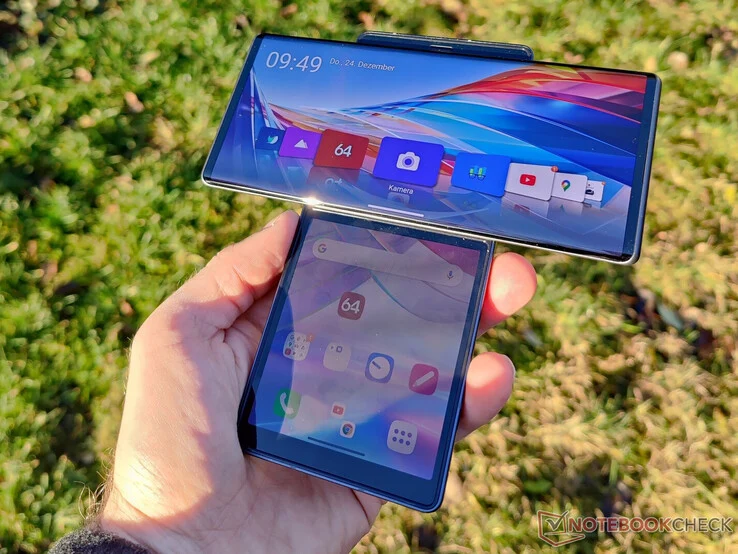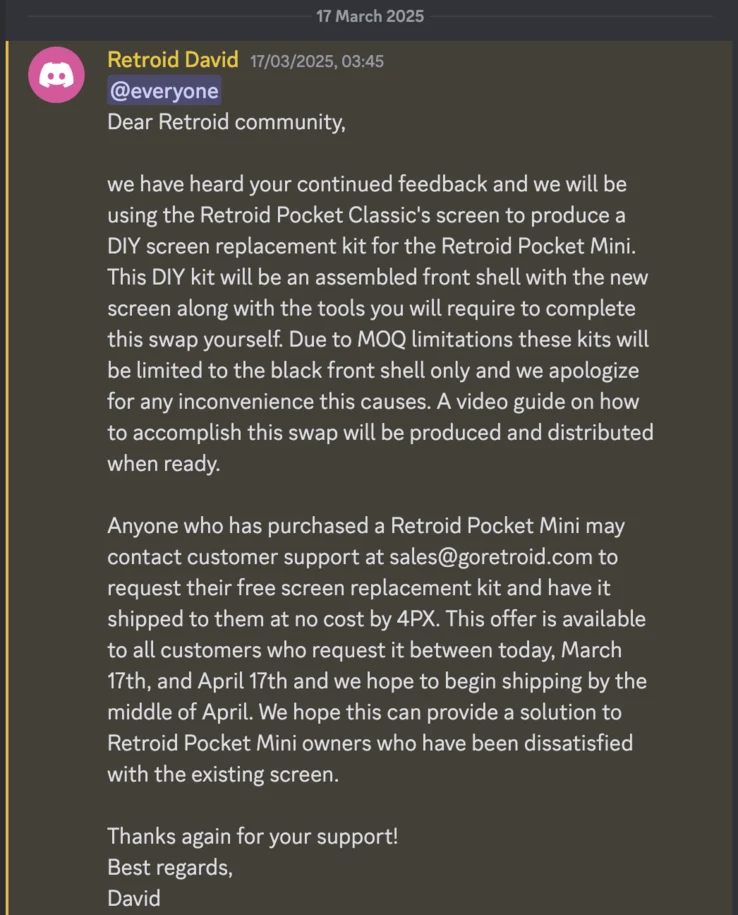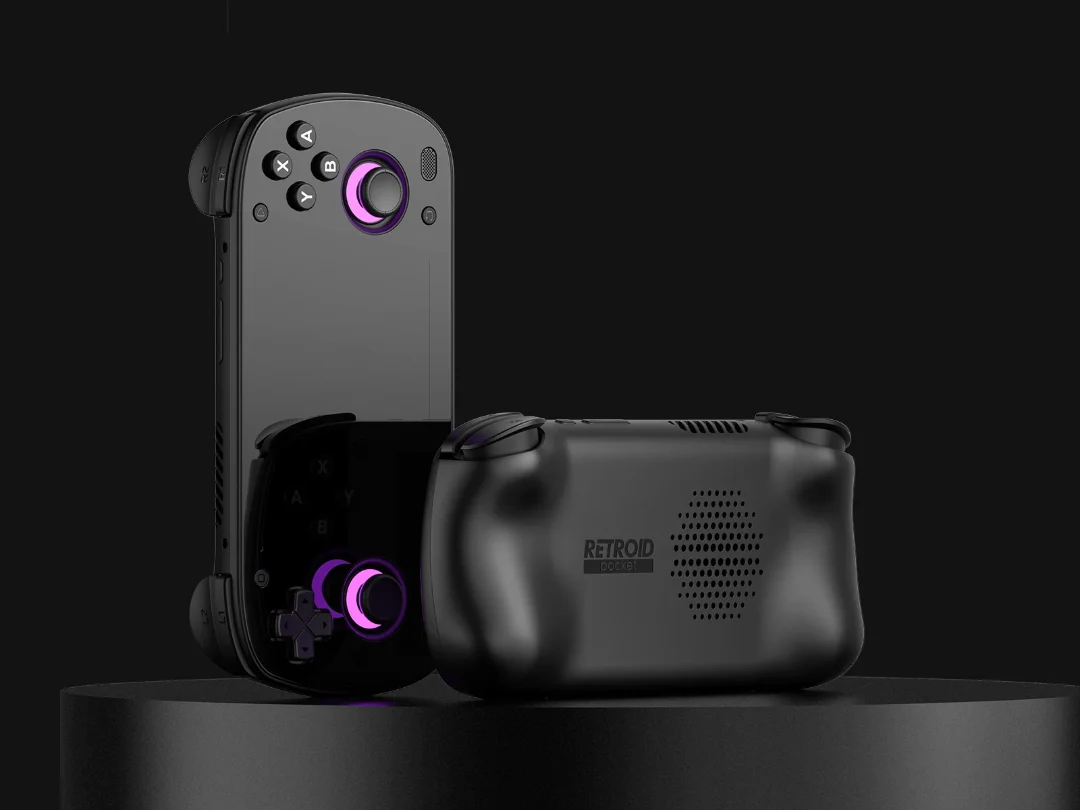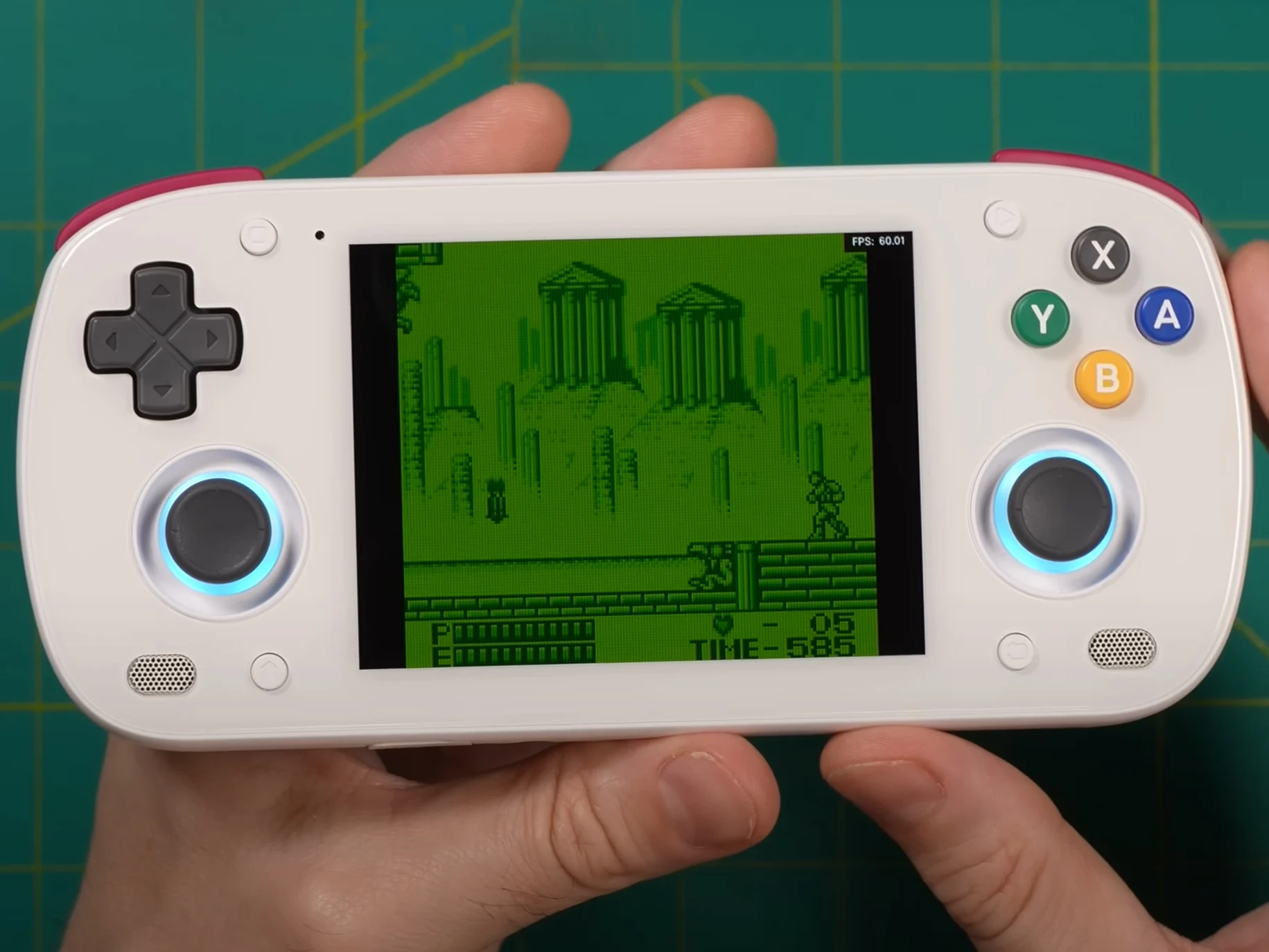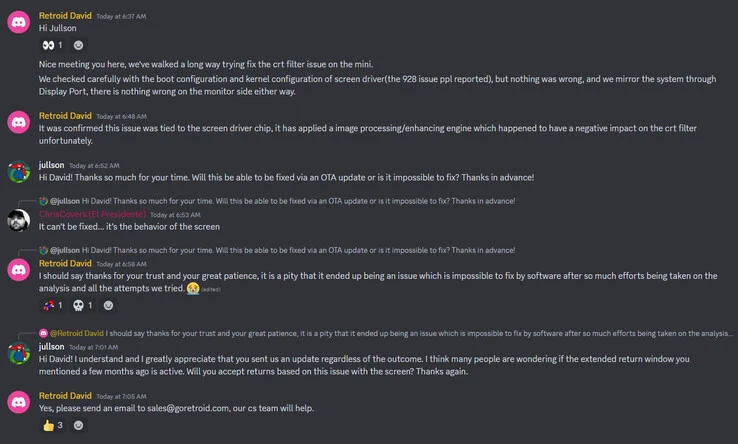Key Takeaways
1. The Retroid Pocket Mini features a 3.7-inch OLED screen with a native resolution of 1,280 x 960 pixels, but it has display issues.
2. Retroid attributes these display problems, particularly with CRT shaders, to a hardware issue without providing specific details.
3. The Pocket Mini uses a screen originally designed for the LG Wing’s secondary display, which is not fully compatible with the Pocket Mini’s resolution needs.
4. The LG Wing’s secondary display has a resolution of 1,240 x 1,080 pixels but can only display at 1,240 x 930 pixels, leading to image distortion when scaled.
5. Retroid plans to offer a DIY display replacement kit featuring a compatible 3.92-inch, 1,240 x 1,080-pixel panel from the new Pocket Classic.
The enigma surrounding the display problems of the Retroid Pocket Mini may have been uncovered by a daring hardware modder who previously created a homemade PlayStation 1 gaming handheld. To put it simply, the display within the Pocket Mini isn’t exactly what it appears to be.
Display Details
At first glance, Retroid has fitted the Pocket Mini with a 3.7-inch OLED screen that boasts a native resolution of 1,280 x 960 pixels. Because of this, Retroid opts to market the Pocket Mini alongside the Pocket 2S, instead of the more recent Pocket 4 or Pocket 4 Pro, which is currently priced at $199 on Amazon.
Hardware Problems
As we have talked about before, Retroid has attributed the Pocket Mini’s inability to properly render CRT shaders in all cases to a hardware problem. Although the company has chosen not to provide any further explanation, YveltalGriffin seems to have found the underlying issue.
Root Cause Revealed
It turns out that the Pocket Mini uses screens that were originally meant for the LG Wing’s secondary display. This alone isn’t necessarily problematic, but the Wing’s secondary display is 3.92 inches and has a resolution of 1,240 x 1,080 pixels.
According to Retro Handhelds, this particular panel cannot natively display at 1,280 x 960 with a 4:3 aspect ratio. Instead, it can only achieve 1,240 x 930 pixels, which the Pocket Mini then scales up to 1,280 x 960.
Consequently, the display was never truly able to reach its advertised resolution from the onset without the Pocket Mini distorting the image to achieve that. In addition to the recent fixes, Retroid has also confirmed plans to offer a DIY display replacement kit featuring the 3.92-inch, 1,240 x 1,080-pixel panel from the new Pocket Classic.
Source:
Link
